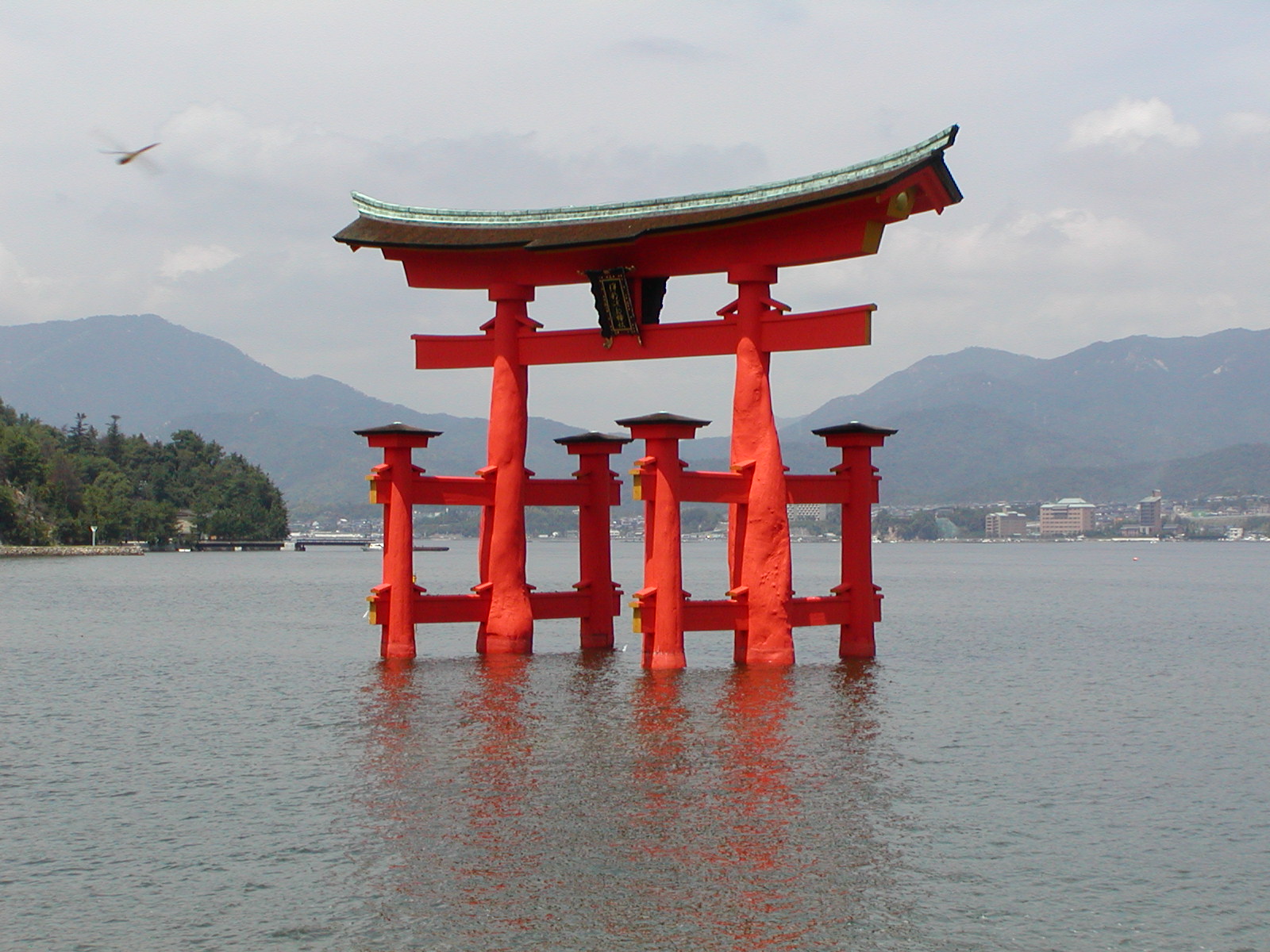

Motoori Norinaga, a scholar in the Edo period (1600-1868) clearly expressed the view that the “kami have extremely superb virtue”. August Kami Kami inspire people with feelings of the sacred, gratefulness, and awe. There are many different interpretations of the nature of kami, but the following are considered to be the basic characteristics of kami.ġ. Kami is the Japanese word for Shinto deities. It is beyond human power or human capability and brings good fortune and happiness to man but at the same time it may bring misfortune or evil as well." Shinto Shrine Tsurugaoka Hachimangū It might be best to quote the opinion of Norinaga Motoori, a scholar in the late 18th century who wrote, “Whatever seemed strikingly impressive, possessed the quality of excellence and virtue, and inspired a feeling of awe was called kami.” Here “the quality of excellence” refers to an enormous power which has great influence over many things. In Shinto, there is no faith in the concept of an absolute god who is the creator of both human beings and nature. "In order to comprehend the concept of kami, it is important to erase the preconception caused by the word god, an English translation that is often used for the word kami. With some few exceptions, most of which may better be described as “culture heroes” rather than worshiped deities, they are not associated with particular myths beyond “they are the ancestors/ kang of our group (lineage or hamlet).”" Jinja Honcho- Association of Shinto Shrines They are, in fact, rarely well defined, and quite often almost incidental to the rituals Ryukyuans perform. Although kang are viewed in almost all cases as individual beings, similar in form to humans, they are rarely provided with particular attributes, dress, or activities to distinguish them. The reverse is true for Ryukyuan kang (the term varies between isles and island clusters in the archipelago). Ainu kamui tend to have very specific associations, such as the kamui of the undertow. The Ainu do not appear to have a general category such as yaoyorozu-no-kamigami. Some, like the hearth goddess Kamui Fuchi, are carefully delineated, others less well so. Other kami (particularly those worshiped exclusively in smaller communities) are far less carefully delineated.Ī similar situation exists for the Ainu kamui. Deities associated particularly with the state cult and national Shintō are usually carefully defined, named, and provided with ranks and titles.


The totality of kami is expected to be too numerous to count and is referred to as yaoyorozu-no-kamigami (the eight million various kami). There are also numerous unnamed and attributeless deities. The Japanese kami tend to be highly personalized, sometimes having distinct and identifiable personae and preferences. The term kami is used as a title appended to the names of certain deities, thus Amaterasu-ō-mikami.
/meoto-iwa-wedding-rocks-854415022-59ecec6faad52b00114ec8c1.jpg)
Personalized deities are called kami as well. Actions and objects that have this purity may attract kami or imbue kami on their own. Pollution repels kami, whereas purity attracts it. Potent, pure, and essentially nonpersonalized, kami may mean power and maybe dissipated or aggregated, according to human (or divine) actions. At its basis, it refers to the numinous power that is spread unevenly throughout the world. The concept, under different names ( kamui in Ainu, kang in Ryukyuan), is pervasive throughout Japanese mythology. 1.3 Shinto Shrine Tsurugaoka Hachimangūĭescription of Kami " The Handbook of Japanese Mythology" by Michael Ashkenazi (2003).1.2 Jinja Honcho- Association of Shinto Shrines.1.1 " The Handbook of Japanese Mythology" by Michael Ashkenazi (2003).


 0 kommentar(er)
0 kommentar(er)
